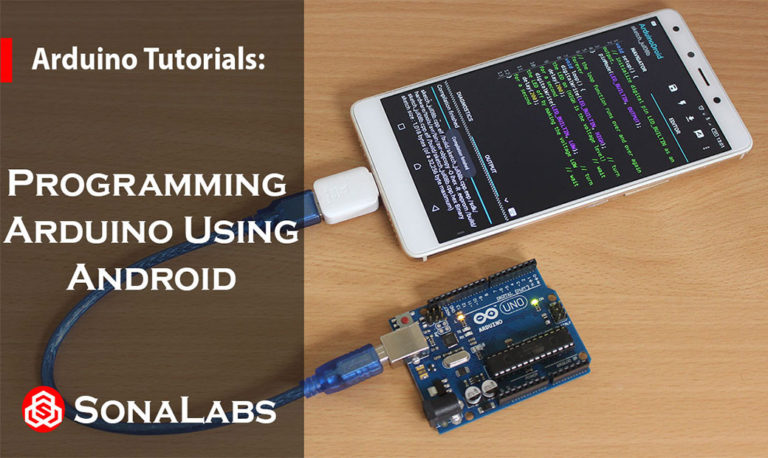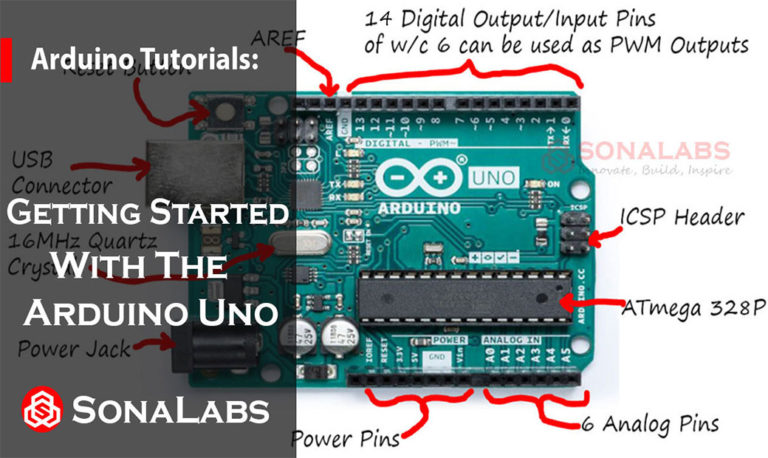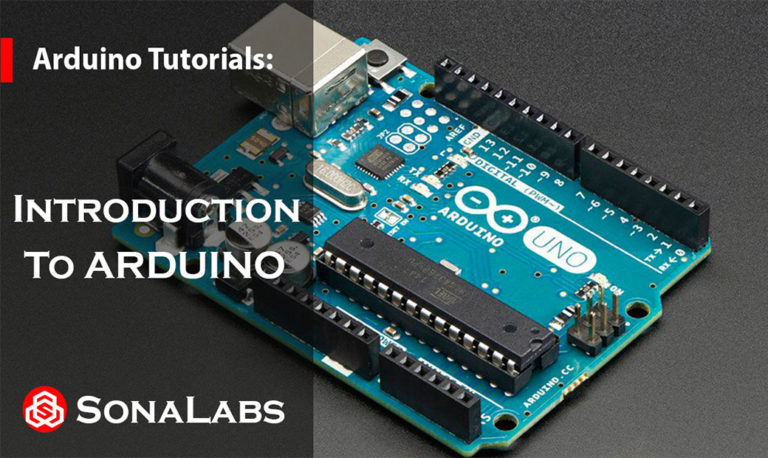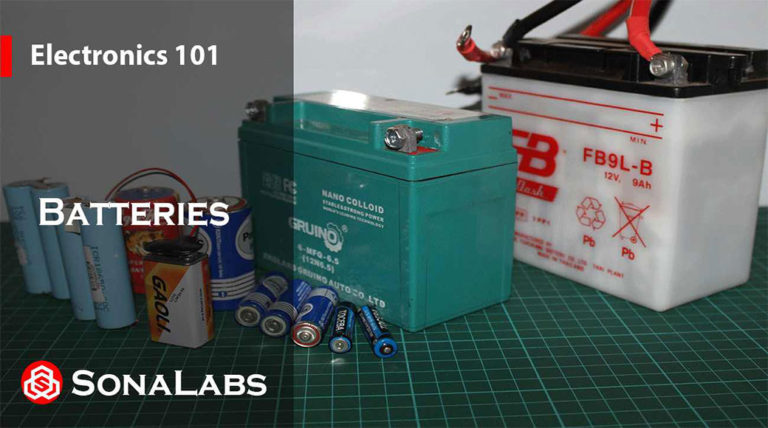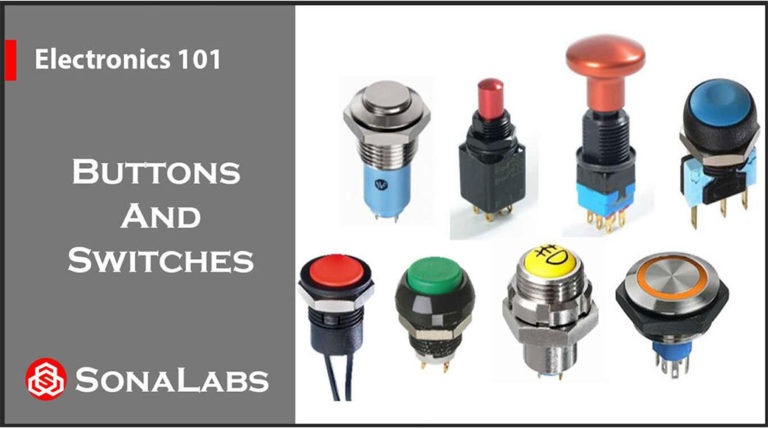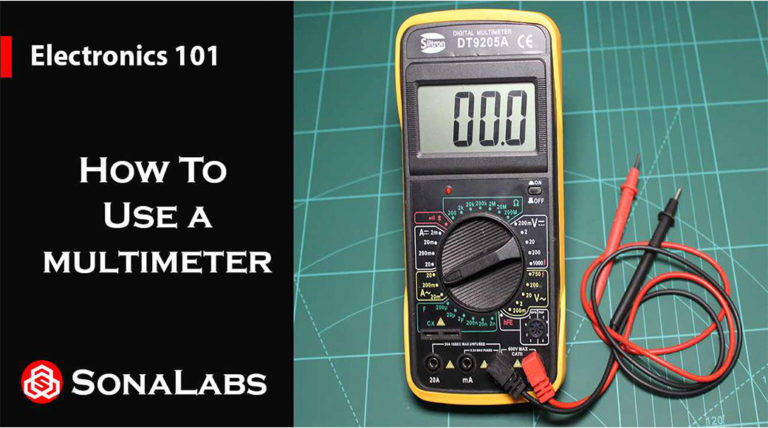Lesson-04 Program an Arduino Board using an Android Smartphone
In this tutorial, we’re going to learn how to control and program our Arduino board using an android smartphone. Requirements 1 – Arduino Board 2 – USB cable 3 – USB OTG Adapter 4 – Android Smartphone 5 – Android apk (ArduinoDroid.apk) Have a look at the previous tutorials. Lesson-01 Introduction to Arduino…


